Victoria Cao
Reciprocal phase transition-enabled electro-optic modulation
Mar 28, 2022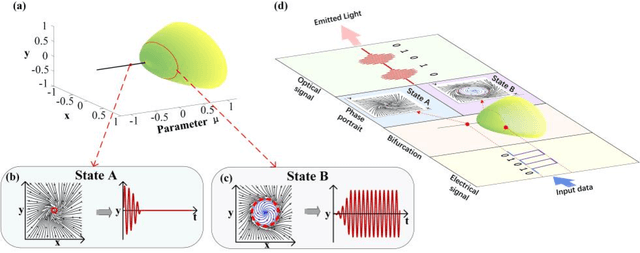



Abstract:Electro-optic (EO) modulation is a well-known and essential topic in the field of communications and sensing. Its ultrahigh efficiency is unprecedentedly desired in the current green and data era. However, dramatically increasing the modulation efficiency is difficult due to the monotonic mapping relationship between the electrical signal and modulated optical signal. Here, a new mechanism termed phase-transition EO modulation is revealed from the reciprocal transition between two distinct phase planes arising from the bifurcation. Remarkably, a monolithically integrated mode-locked laser (MLL) is implemented as a prototype. A 24.8-GHz radio-frequency signal is generated and modulated, achieving a modulation energy efficiency of 3.06 fJ/bit improved by about four orders of magnitude and a contrast ratio exceeding 50 dB. Thus, MLL-based phase-transition EO modulation is characterised by ultrahigh modulation efficiency and ultrahigh contrast ratio, as experimentally proved in radio-over-fibre and underwater acoustic-sensing systems. This phase-transition EO modulation opens a new avenue for green communication and ubiquitous connections.
Fragmentation; a Tool for Finding Information, Encryption and Data Flow in Systems
May 28, 2021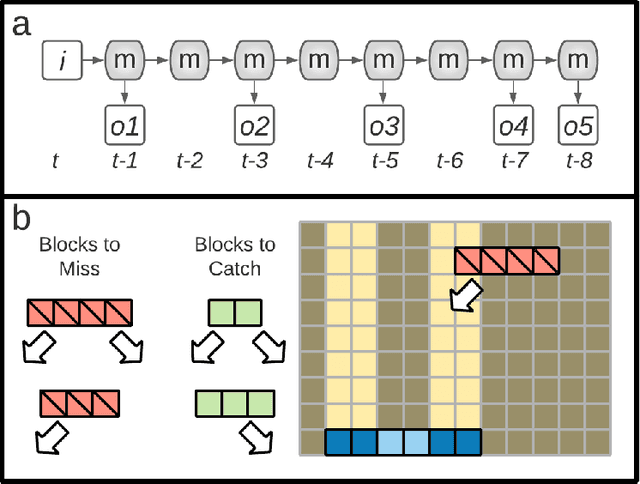
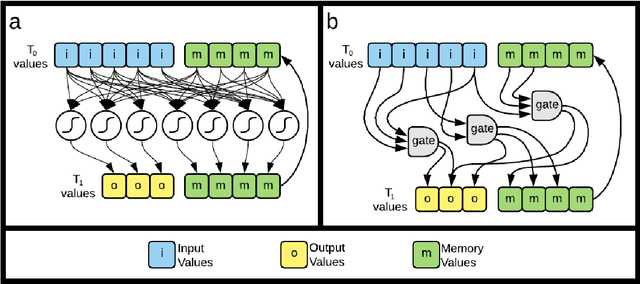
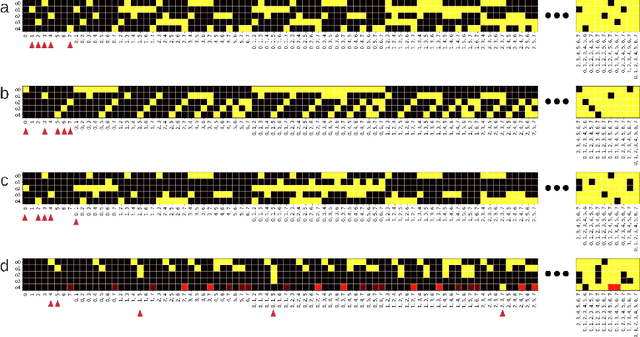
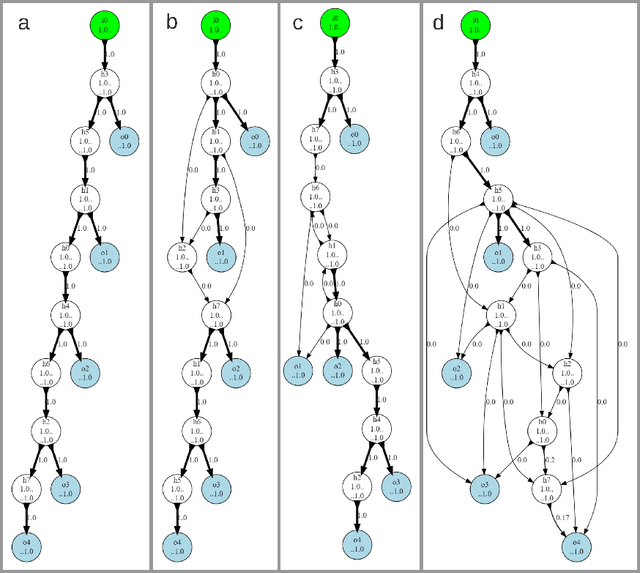
Abstract:We introduce a new information-theoretic measure, fragmentation (F) which can be used to determine how fragmented predictive information is in a system. The concept can be extended to generate fragmentation matrices that can illustrate information flows through digital brains, in the form of directed graphs. Fragmentation and fragmentation matrices can provide new insights into digital brains structure and function, in other words, how causal digital networks "think" and process information. In addition to describing F we demonstrate how it can be used to examine how complex processing arises in neural networks, including differences in lifetime processing and incidents of incidental encryption.
 Add to Chrome
Add to Chrome Add to Firefox
Add to Firefox Add to Edge
Add to Edge